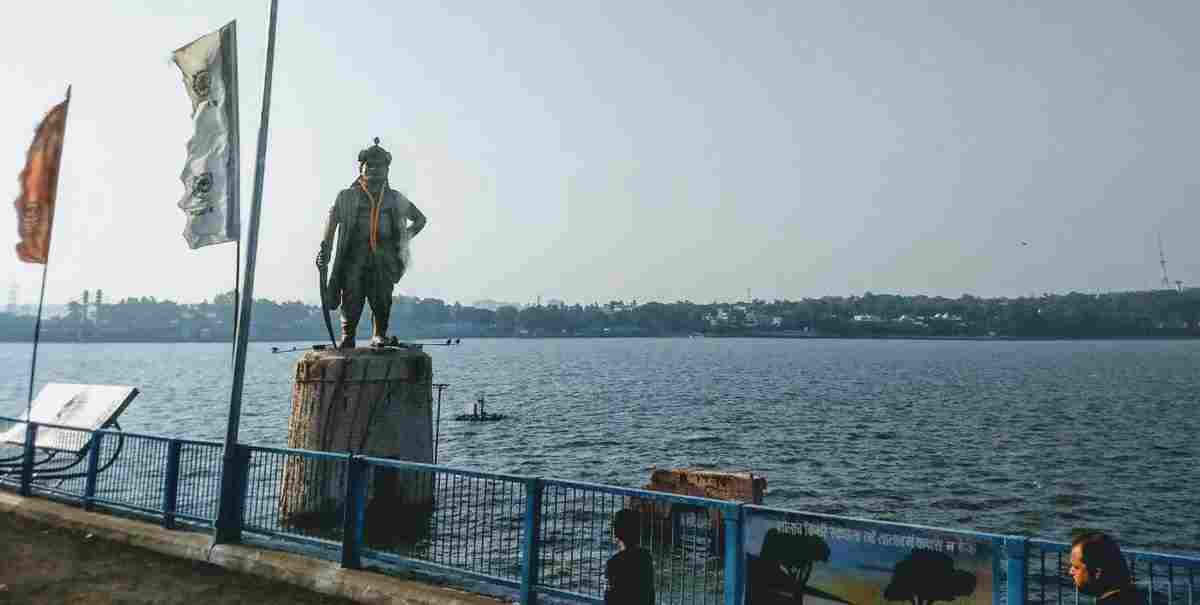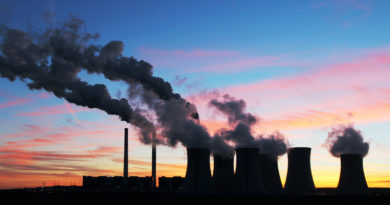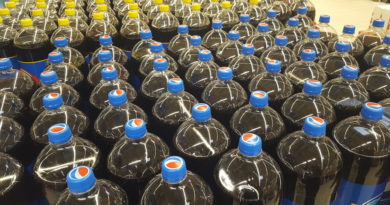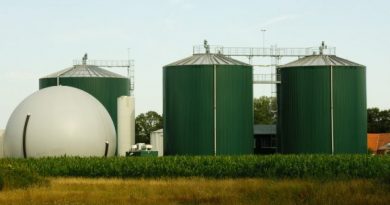Top 5: Large Indian cities which are self-sustainable in water supply
 water bodies Bhoj Tal Bhopal water supply
water bodies Bhoj Tal Bhopal water supply
India – a country with 17% of the global population and 4% of its water resources – is bound by spells to face water shortage challenges, especially when its striving to raise the standard of living of its citizens. South Asia faces water crisis as a region despite the fact it gets its annual deposits from monsoon.
Though every city in India is suffering from clean drinking water shortages, there are still a few that have preserved their local water resources to ensure that portable water reaches every doorstep. The situation of own water resources is particularly bad when we talk about the large cities. Local water bodies that once fulfilled city population’s clean drinking needs have now succumbed to encroachment for urbanisation and pollution.
Keeping aside the mismanagement by the urban local bodies (municipal corporations mainly), these cities still have large water bodies that have capacities to provide adequate water supply to the needs of the city – households, commercial and industrial needs. Many metros of the county, like Delhi and Mumbai, could take a clue from governance pattern of these cities to ensure that they also shed the tag of being ‘parasite cities’ feeding on the water resources of others.
Bhopal: The state capital of Madhya Pradesh in the heat of India is full of water bodies. Owing to water resources it has preserved despite burgeoning population, it rightly maintains its title of being ‘City of Lakes.’ The city of Bhopal is dotted with 18 water bodies of different sizes. Kolar Dam, Bhoj Tal, Upper Lake, Shahpura Lake, Motiya Talab, Kaliya Saut Dam, Manit lake, Preet Nagar Lake, Bordi Kalan, Lendiya Talab, Munshi Hussain Khan Talab, Mullah Sarovar and the adjoining water bodies have also proved to be great reservoirs of biodiversity. According to one estimate, about 90% of its water needs are provided by the surface water, a little needs to be taken out from underground aquifers showing the prowess of its own water resources. It has also been judged in the recent past the ‘best self-sustainable state capital’ in Swachh Bharat survey.
Thane: A highly crowded city that adjoins Mumbai – a city with acute water shortage – is dotted with as many as 35 lakes that provide the city with not just adequate drinking water but also a picturesque view. Upvan Lake, Masunda Talao, Brahmala Lake, Makhmali Lake and Hariyali Lake are the important ones in terms of holding water capacity. The dams and waterbodies of Thane have also been preserved well by the city administration. The city has a daily demand of about 585-Million Liters Day (MLD) for its 25 lakh city dwellers. Water scarcity occurs only during the summer peaks when the water demand in other adjoining cities too is high and Thane has to supply for it. Despite the fact that Thane is growing faster than any other city in India, at about 7% per annum, it has taken good care of its water consumption needs from its own water resources.
Indore: Apart from being India’s cleanest city, Indore is also India’s first ‘Water Plus’ city. The city administration has also bagged the National Water Award for the West Zone for water conservation, preserving water sources and enhancing ground water level through rainwater harvesting. The administration has rejuvenated 100 water bodies including lakes and ponds, revived the Choral river, rejuvenated 90 ancient baolis. By trapping thousands of its sewers from falling into 25 of its drains, Indore has not just relieved Kanh and Saraswati rivers from sewerage pollution but also injected new water into the supply system through STPs. The ‘Water Plus’ status in the Swachh Sarvekshan Survey denotes that the city has trapped the polluted water and prevented its flow into the rivers and other freshwater bodies in Indore and around.
Vijaywada: The Andhra Pradesh city has revamped its water reservoirs and water tanks to ensure that even during the summer peak the city faces no water supply challenge. The drying of Prakasam Barrage on Krishna River now gives no water woes. The city administration maintains 76 reservoirs, head water tanks and GLS water tanks (Hilly terrain) throughout the city to ensure that its 12 lakh population has sufficient water per capita. The Vijaywada Municipal Corporation is constructing four new reservoirs at Lorry Stand area, Ramalingeswara Nagar and in Circle 2 area. Rainwater harvesting is being done on war footing in the rural areas of the district to ensure that overall ground water strata swells.
Nagpur: Despite being in the water deficient Vidarbha region, the city of Nagpur continues to be a surplus water supply city. It maintains its upkeep of reservoirs, local water bodies and regular feed from Pench and Kanha rivers. The biggest success is visible in the Mouda tehsil of the district that was once a water parched region, all of a sudden rose to be water surplus one; all credit to the massive rainwater harvesting campaign undertaken by the state government and civil society institutions.
Despite the fact that some of the large cities in the country have maintained their local water bodies that supply potable water, but none of them are in safe zone considering the rising populations. New patterns of governance, have to be found to ensure that water conservation and abetment to pollution helps in water governance of the large cities of the country. As per a Composite Water Management Report from the Union Ministry of Agriculture, in the coming two decades an estimated 50% of India’s aquifers will be at critical levels and the resulting water scarcity will cost 6% of India’s GDP.




